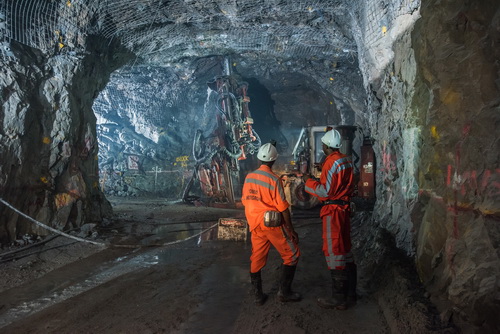
Collecting minerals is an exciting hobby with collectors passionate about saving minerals from all over the world. They have taken mineral collecting to a whole new level. But, if you are a beginner and new to this fascinating specialty, you should consider a few things before treading on this path. Let’s explore them below.
Know Your Interest
If you are also a passionate mineral hunter, you must first know your interest in detail. Out of the many types of minerals, you may feel like collecting the multi-colored tourmaline and the beautiful red rhodochrosite. On the other hand, your friend may like to get the one they have seen plentiful in their childhood, that is the beautiful little quartz.
Whatever your motivation is, it is always good to know of your interest in detail before starting mineral collection. Interest will be the ultimate element which will make you focus and thus, you must know what types of minerals interest you.
Make a Budget
When you get to know of your interest, you will get an idea and realize how much budget you will require to pursue it. If you are fond of collecting rhodium (one of the most expensive minerals in the world), then need to know that you must have a handsome budget to purchase it. While the best quality minerals can eat up your budget very quickly, you must ensure that you purchase a few that are less costly.
Buy a Book
A novice mineral collector must buy a book. Veteran mineral collectors suggest buying a book so that they are able to know the ins and outs of each mineral. Furthermore, books help develop your interest even more. Also, with good reference books, new mineral collectors will be able to get all the answers to their queries. Veteran mineral collectors suggest investing in publications like Rocks and Minerals, Rocks and Gems and the book titled Mineralogical Record.
Understand its Uniqueness
While there are many people who love collecting other items, mineral collectors must understand and realize the importance of collecting natural fine minerals instead of man-made ones. As they are formed naturally, they are more valuable. The value of minerals may vary with beauty, rarity, quality, origin, form, shape, and size, but they are truly the richest resources among all collectibles.











